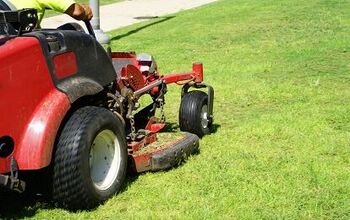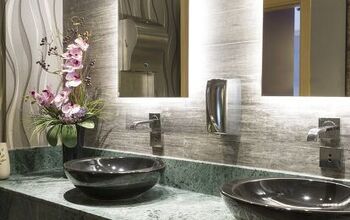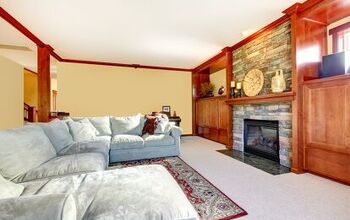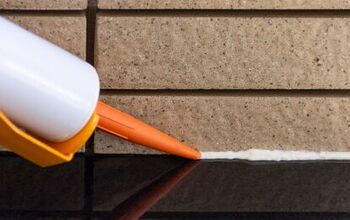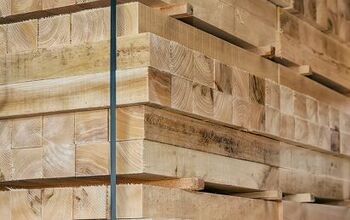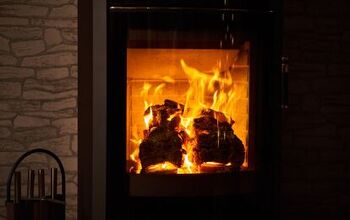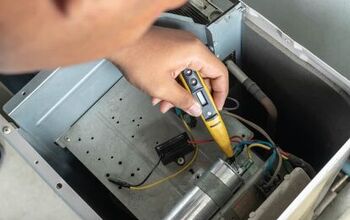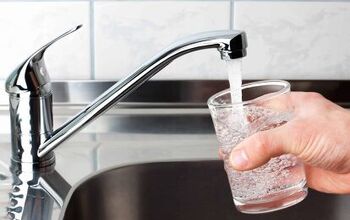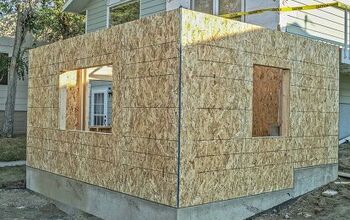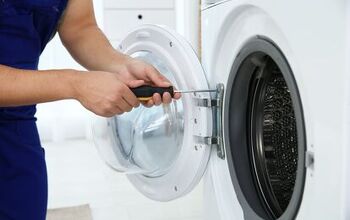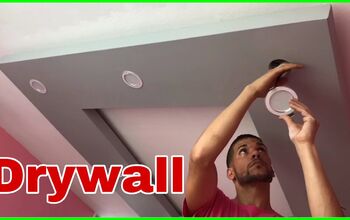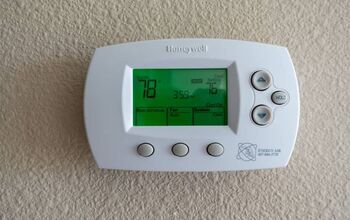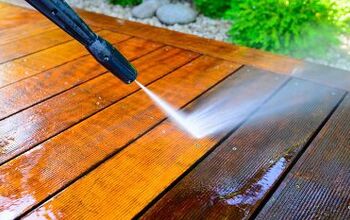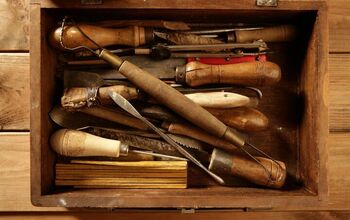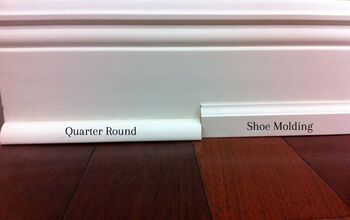How To Make A Pool Safe For Toddlers

It’s the goal of many parents to own a swimming pool and have fun with their families. However, this comes with many responsibilities, as toddlers and children require constant supervision. That’s why so many parents struggle with how to make a pool safe for toddlers.
The best way to make a pool safe for toddlers is to build a fence around the pool. You can also install an alarm that sounds if anyone or anything falls in the pool when left unattended. Cover your pool when it’s not being used and clean up around your pool after each swim to remove tripping hazards.
It’s a great idea to take CPR classes if you have small children and a swimming pool. This is just as important as enrolling them in swimming lessons. Follow along as we explore how to make a pool safe for toddlers.
How To Child-Proof A Swimming Pool
1. Build A Fence Around The Pool
The first and most basic approach to child-proofing a swimming pool is to build a fence around it. This creates a barrier that toddlers and children simply cannot get around. Fences are effective at protecting toddlers from both in-ground and above-ground pools.
It costs an average of $6,500 to build a fence around a pool, but it varies based on size and materials. For example, a mesh pool fence costs an average of $8 per linear foot to install, whereas a wooden pool fence costs an average of $17 per linear foot to install. A glass fence is the most expensive to install around a pool at $350 per linear foot.
2. Remove The Ladder On An Above Ground Pool
Even above-ground pools are dangerous for toddlers and small children. That’s because they can easily get into the pool via the ladder. You can reduce this risk if you remove the ladder while you aren’t using the pool.
Toddlers and small children aren’t tall enough to fall into an above-ground pool without the use of a ladder. Put the ladder in a location where your children cannot access them. For example, you can temporarily store them in a locked shed on your property.
You can quickly put the ladder back up when you can supervise and swim with them again. Today, you can even find ladders for above-ground pools that you can slide up and lock when you’re done. Toddlers can’t reach them or get past the childproof lock.
3. Lock Your Doors And Windows
Drownings often occur when small children leave the house and get into the pool without their parent’s knowledge. This is most common when the doors and windows of the house are left unsecured, so it’s easy for children to get out. You can avoid this if you invest in childproof locks and gates to secure the doors.
It can be a hassle if you have a lot of doors and windows, but it’s worth the time and money. Many parents also put childproof locks on the fence that surrounds their pool. It’s even worth the trouble to put a deadbolt on your fence and doors if your child has a history of trying to access the pool.
4. Keep The Area Around Your Pool Clear
It’s all too easy to leave pool toys and even your hose out on the deck surrounding the pool. Unfortunately, this creates a tripping hazard that is dangerous for you and your children alike. Make a habit of cleaning up pool toys each time you swim with your family.
Coil your hose and put it away after you fill your pool and water your plants.
5. Buy An Alarm
Pool alarms are among the best developments in technology to make a pool safe for toddlers. These systems rely on sensors to alert you when someone falls into the pool. You can set a pool alarm when you’re away or even at home but not supervising the pool.
Once the alarm sounds, you can quickly respond and help your child. A pool alarm system costs between $30 and $250, but it’s worth investing in a high-end system. That said, you can’t strictly rely on a pool alarm to child-proof your pool, as it’s best to use many methods.
6. Use Flotation Devices
Flotation devices are essential for toddlers even if you hold them while they’re in the water. This protects them in case you get distracted or even fall unconscious. Flotation devices also make it much easier to teach your children how to swim safely.
7. Cover Your Pool
An uncovered pool always leaves the potential for disaster when you can’t supervise your children. Today, you can find countless pool covers that are easy to put on quickly between swimming sessions. For example, you can work an automatic pool cover with a remote control.
Of course, it’s a great idea to put the remote in a spot where your children can’t access it. Look for a solid pool cover that won’t sag when it rains. After all, there is still a drowning hazard for babies and toddlers even if there is only a few inches of water.
8. Use Pool Deck Mats
It’s all too easy to fall into a swimming pool at any age when the deck is slippery. Luckily, you can find simple pool deck mats that make it easy to grip the surface of the ground around the pool. Some of them are made of fiberglass, whereas others are made of vinyl.
You simply install them around your pool, and they provide grip even when they’re wet. This is enough to at least stop your children from slipping and falling on the concrete around your pool.
9. Educate Your Kids
No matter what age your children are, it’s a great idea to educate them about pool safety. While an 8-year-old may grasp it better than a toddler, even a toddler can get a basic understanding. Set boundaries about when they’re allowed to swim and highlight the dangers of the deep end.
Another important lesson is to teach them why it’s dangerous to run near a pool. It helps to explain these rules each time that you swim with your toddler. Make sure to tell your children to stay away from drains as well. The suction is enough to make a toddler get stuck.
10. Get CPR Certified
CPR certification not only helps boost your child’s safety at the pool, but it comes in handy in many ways around the house. You can become CPR-certified by taking professional classes that teach the method and its importance. While child-proofing your pool is the best option, it’s essential to know what to do if something goes wrong.
Even if you don’t get certified in CPR, it’s at least worth learning how to perform CPR. You can take CPR classes through the American Red Cross, and it takes roughly 2 hours.
11. Get Your Children Swimming Lessons
While you can teach your children to swim, it’s worth the cost to hire professional help. You can easily find swimming classes meant specifically for toddlers and small children. Such classes are catered toward safety and basic swimming practices.
They also often teach children how to recover from falling into a pool without becoming overwhelmed. Some swimming classes include the parents, so they can reinforce the lessons their children learn.
Summing It Up
You can protect toddlers and small children from pool accidents if you install an alarm. It also helps to put them in swimming classes and make them use flotation devices. Otherwise, a pool fence and non-slip deck mats can protect children from slipping and falling in the pool.
Related Guides:

Nick Durante is a professional writer with a primary focus on home improvement. When he is not writing about home improvement or taking on projects around the house, he likes to read and create art. He is always looking towards the newest trends in home improvement.
More by Nick Durante











